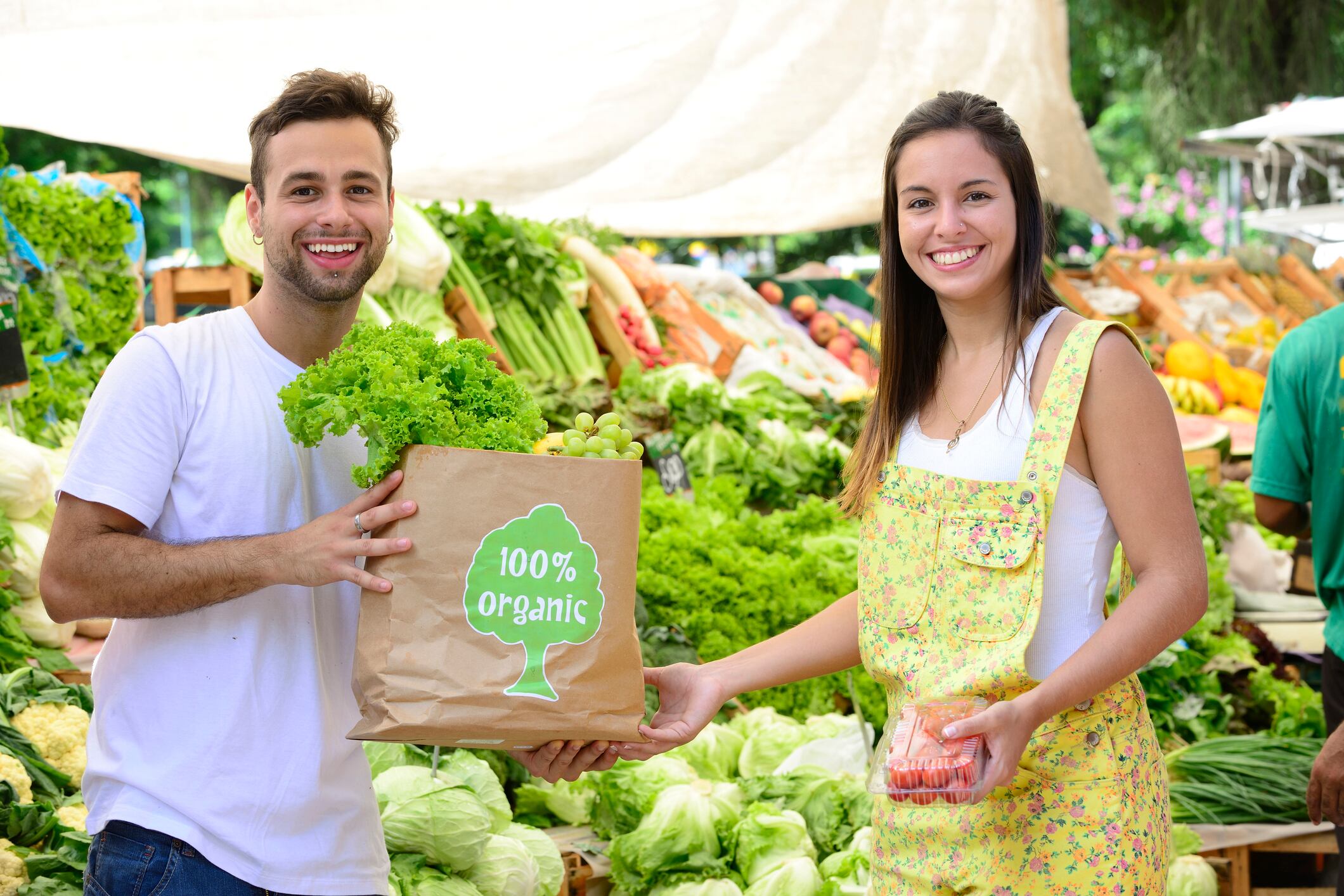“In food and beverages one can stand on the side of the suppliers of raw material (the producers); on the side of who provides the product (for example restaurants); or at the food service side (the sellers),” Camps told us during a recent meeting in Buenos Aires.
“Specialization is one of the trends that struck mostly on food services, something we have strongly observed over the last years. Although the trend did not start in Argentina, the city of Buenos Aires shows some items that followed this move,” he added.
Indeed, for some time now hamburger restaurants have been expanding their business, offering “home cooked burgers” (such as Williamsburg Burger Bar, whose Williamsburger was chosen in 2017 as the tastiest in a Facebook survey in which about 16,000 people voted; or Heisenburger Burger Lab and Toto's, that offer also award-winning hamburgers).
While specialization and the other trends Camps is following are on the culinary and gastronomic side, they do have implications and lessons for packaged food manufacturers looking to get a head start on the next industry trend.
Another interesting case is that of specialty beer, a market that grew 45% last year according to some experts, and that is a trend throughout the country. Some examples are BAB Brewery, a place that has 12 styles of craft beers produced by local microbreweries, or Buller Pub, one of the most traditional craft breweries in the city.
However, Camps believes that “these two examples have already hit a ceiling, so we are going to see a process that will leave only the best. But there are other examples of newer specialization”, he adds.
Organic or natural food markets

Also in this area, that of health food, Argentina goes along with the global trend, although it still has a lot to grow. The greater awareness of consumers and the entrepreneurial spirit of the promoters of various fairs collaborate with the increasingly wide range of markets, even though most of them still lack organization and formality. Examples include Sabe la Tierra and BA Market.
Making decisions through the web ecosystem
The way in which food services now reach their consumers or customers, conversely, inform themselves is changing, particularly among the under 30’s. They no longer read long reviews; instead they are guided more by social networks like Instagram (number of stars, comments by other customers, etc.), and based on that they decide and book through some specific applications such as Restorando or Cookapp.
Many restaurants or coffee stores don´t even have web sites anymore; they prefer to hire a good community manager to deal with the social media.
More than a simple coffee
Also in the coffeehouses this trend has found its place with specialty coffee stores, called coffee caves, which began to develop several years ago.
“These are basically places where the proposal is focused on coffee and where the entire value chain is different. There are baristas (trained people) and high quality supplies (very good roasted coffee). That is, the entire value chain is different: these bars/coffee shops buy from only a few roasters, young people who buy very good coffee, roast it and supply it to these "caves". Although you can eat something, the focus is in the coffee,” said Camps.
Some examples of "caves" in Buenos Aires are Lattente, which was one of the first, and Negro. But there are many more and the trend is increasing.
The interesting thing about a trend is when it moves beyond the boundaries of the "topmost" neighborhoods of the city (in the case of Buenos Aires, the districts of Palermo, Recoleta, Cañitas, San Telmo) because “this inevitably ‘raises the bar’ of the product offered, something that eventually benefits the consumers”, he says.
Innovation in wine
There is also innovation in the wine sector, with wine bar VICO offering an array of Italian-made wine dispensers, 18 of them in total, each dispensing up to six or eight different wines, stored at appropriate temperatures.
“Once entering the place, the client receives a little chip-based card which he plugs into the dispenser containing the wine he wants. So each client can make his own experience and drink wines by the glass that he serves himself, from taps, choosing between three pre-established measures. At the end of the night, he hands his card to the waiter who adds the data from the card to the bill, along with whatever food he had eaten,” explained Camps.
“VICO's experience is innovative because although wine by the glass already existed, they innovated by involving the consumer, who takes part and co-creates, with machines that are integrated to the place, with no bar or bartender between the drink and the customers,” he added.
Agustín Camps is a food industry consultant in Argentina and founder of Gastronomis, the purpose of which is to connect organizations (companies, governments and nonprofit organizations) with the people (clients, employees, contributors) through gastronomy.
